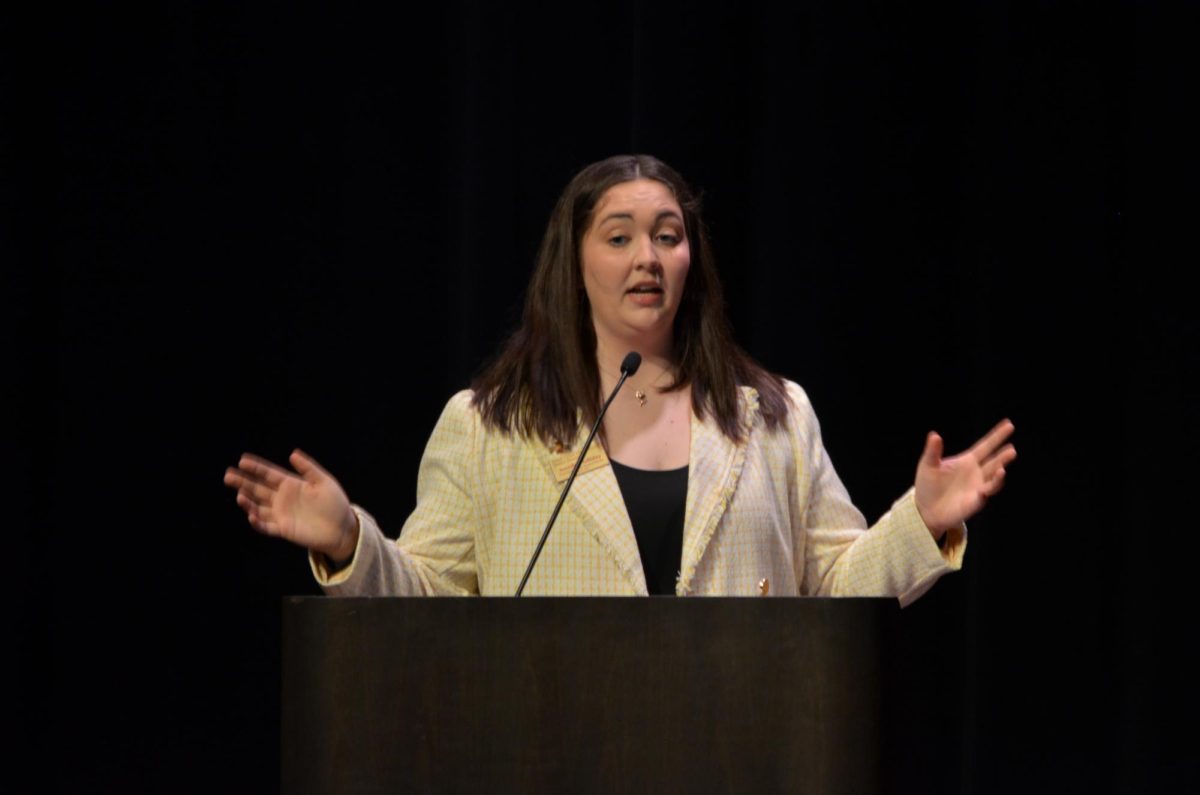Editorial: Regents need more decisive actions to help students
March 25, 2014
For the second straight year, Iowa’s Board of Regents is considering freezing tuition for in-state undergraduate students. Saving such students a few hundred dollars, another halt in tuition costs certainly helps a large portion of those of us in Ames. However, much more needs to be done to combat the rising costs of going to college in Iowa.
In a positive step forward, the Iowa Board of Regents will be conducting several town hall meetings to gather input from students and the regent school communities, including an April 1 meeting for Iowa State University specifically. The information gathering sessions will be used as springboards to move into audits and reviews of every department at the three regent universities.
In a letter published in the Des Moines Register, Iowa Board of Regents President Bruce Rastetter and Board of Regents member Larry McKibbenCQ emphasized the importance and scope of this undertaking.
Speaking bluntly, the two said, “We cannot state it more clearly. The status quo is unsustainable and therefore unacceptable if we are to maintain our high standard of excellence.”
Rastetter and McKibben are absolutely correct. The various universities of Iowa were created to provide our state with well-qualified and well-taught citizens. When the cost of that education rises, more individuals are either not given the chance to attend in our state’s regent schools or are forced to shackle themselves to mountains of student debt.
According to IowaWatch.org, Iowa recently ranked as having the sixth most average student loan debt in the country. With 3 out of 4 students graduating in debt, and an average of about $27,000 worth of student loans to pay back, Iowa’s students are going to need some help.
At Iowa State, the picture gets even bleaker. Iowa State currently has the highest student debt rate of the three regent universities in the state. Students at ISU, on average, graduated with $29,324 in 2012. Compared to UNI and University of Iowa, which sit around the $25,000 range, this number seems to be extremely high. With the student debt seeming to be on the increase, it only seems reasonable to have a tuition freeze. How else are we going to lower student debt?
One way Iowa has already begun to help graduating students is to offer loan forgiveness to educators and nursing professionals working in select areas. Undoubtedly, these positions are in such need as to garner additional support, but there is no reason a similar program cannot be applied more generally to Iowa students.
When tuition costs are frozen, the expectation for our universities should be that state appropriations will allow them to continue providing the same quality of service. In a broad sense, the state appropriations are investments in Iowa’s future. When more Iowans go to college, they help make our statewide economy that much better, so long as they stay in Iowa.
By giving more students who pursue a career in Iowa a small amount of help in repaying their student loan debt, Iowa would be assured that its investment in education will pay appropriate dividends.
There are many ways to approach higher education reform in Iowa. Incentivising students to remain in our state is merely one way to improve the outlook for our graduates. As we move forward in assessing our regent institutions, we would do well to remember, as Rastetter and McKibben pointed out, “Nothing is off the table.”
















